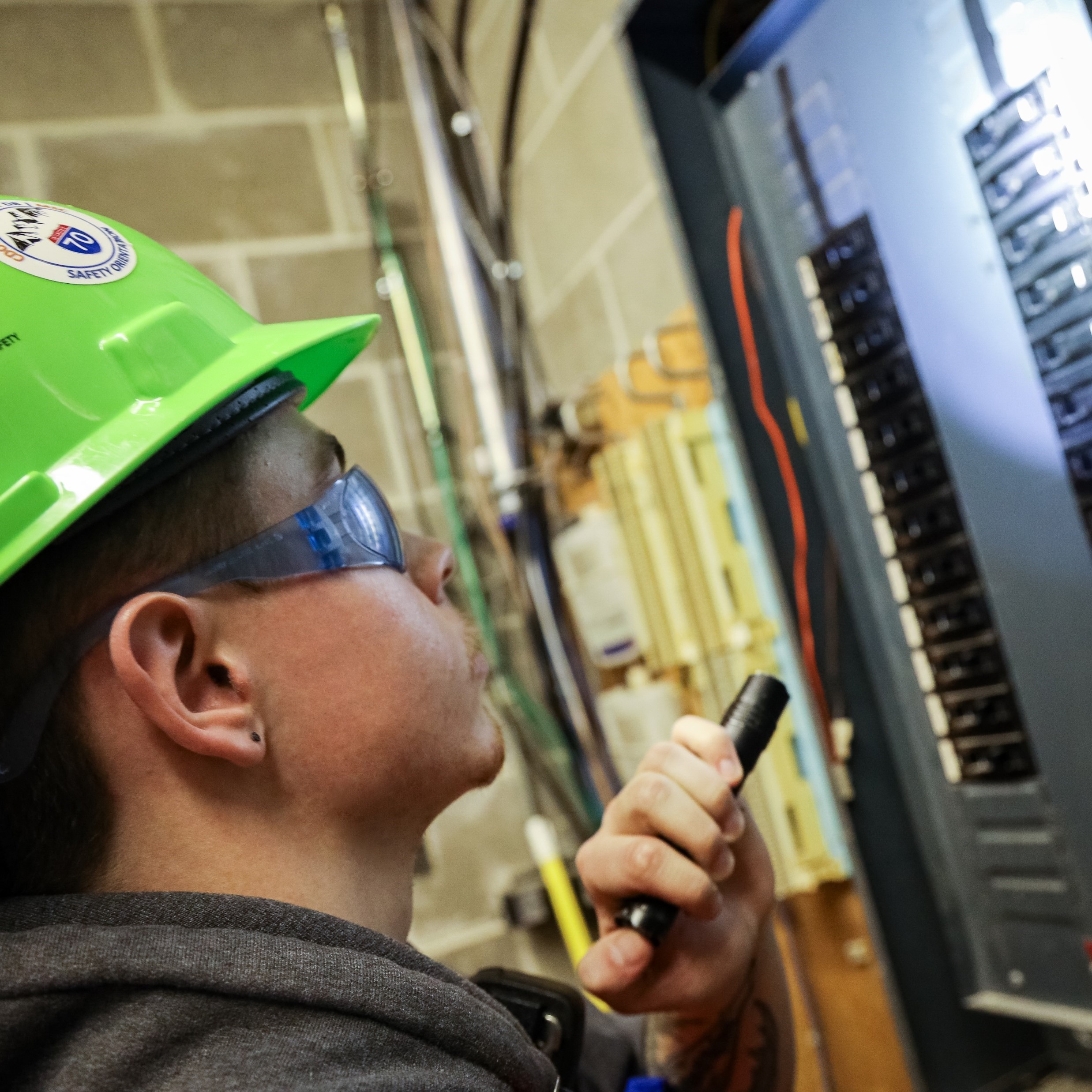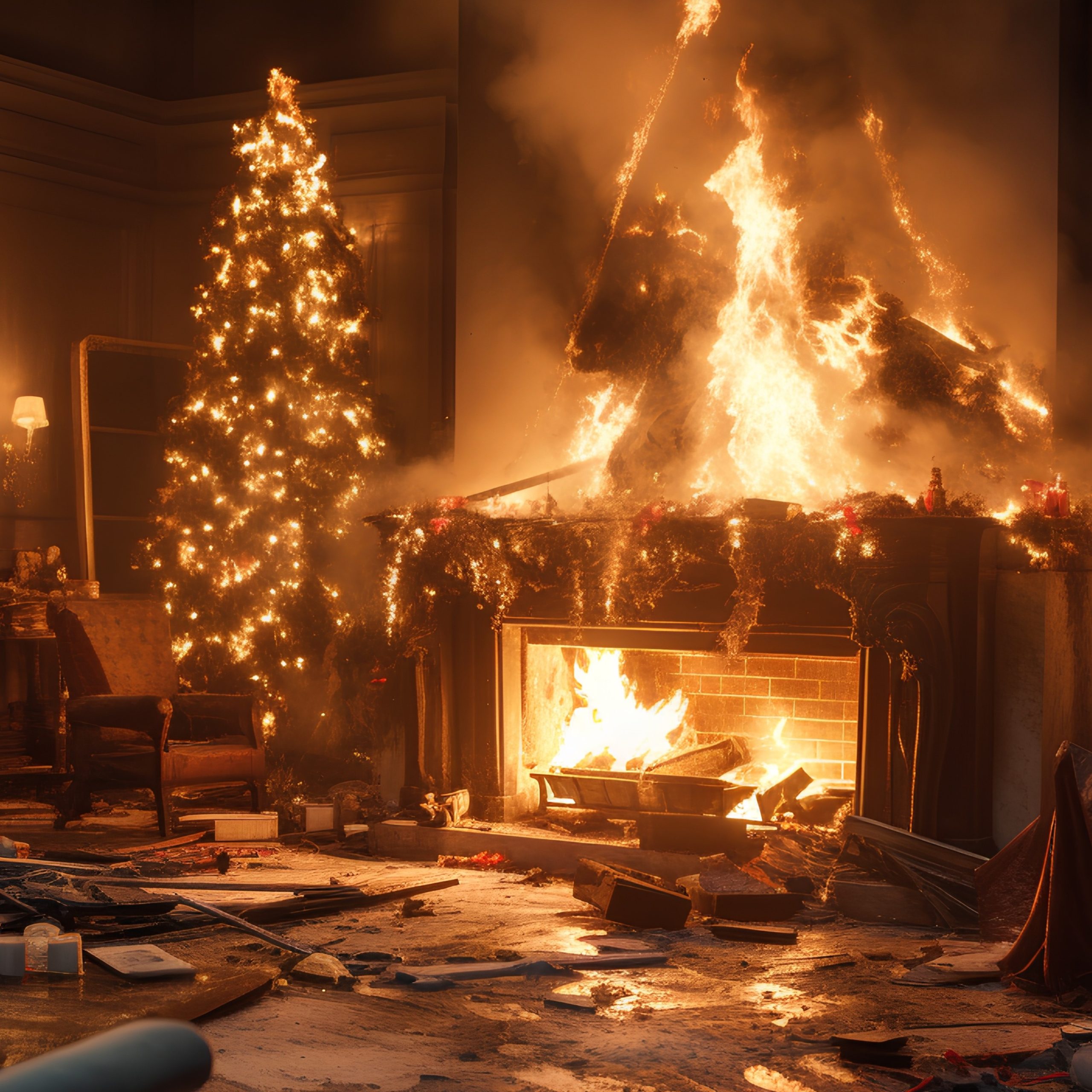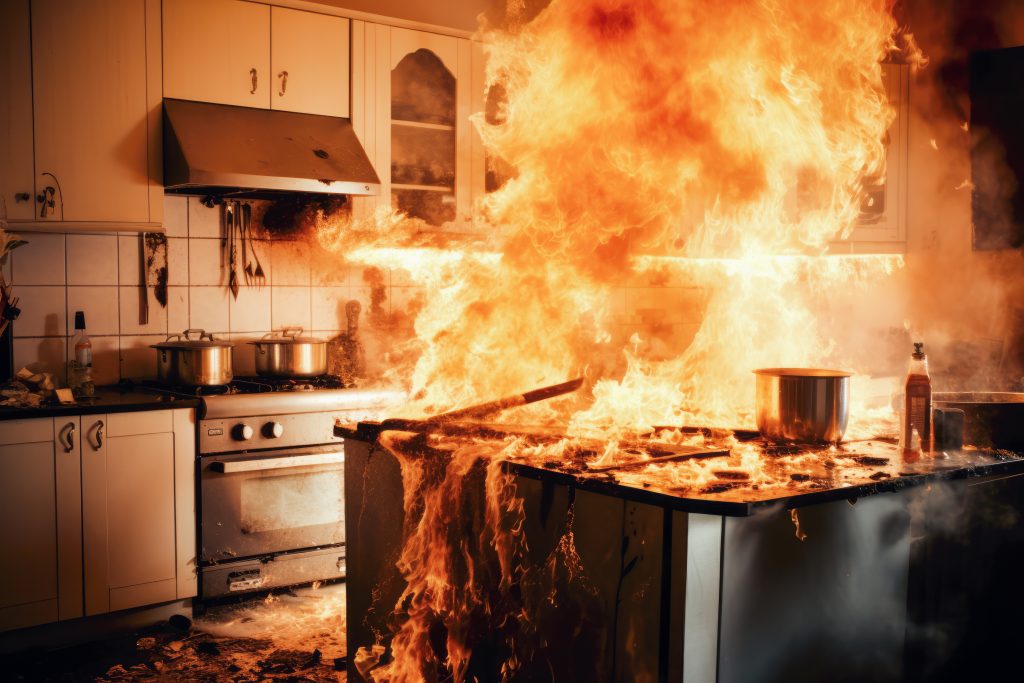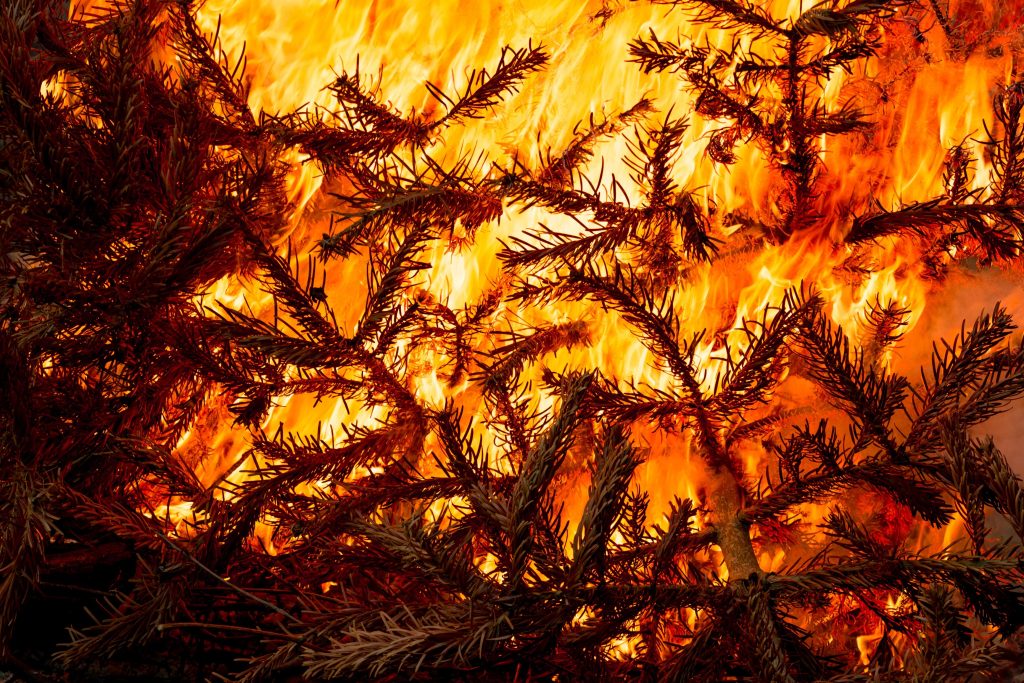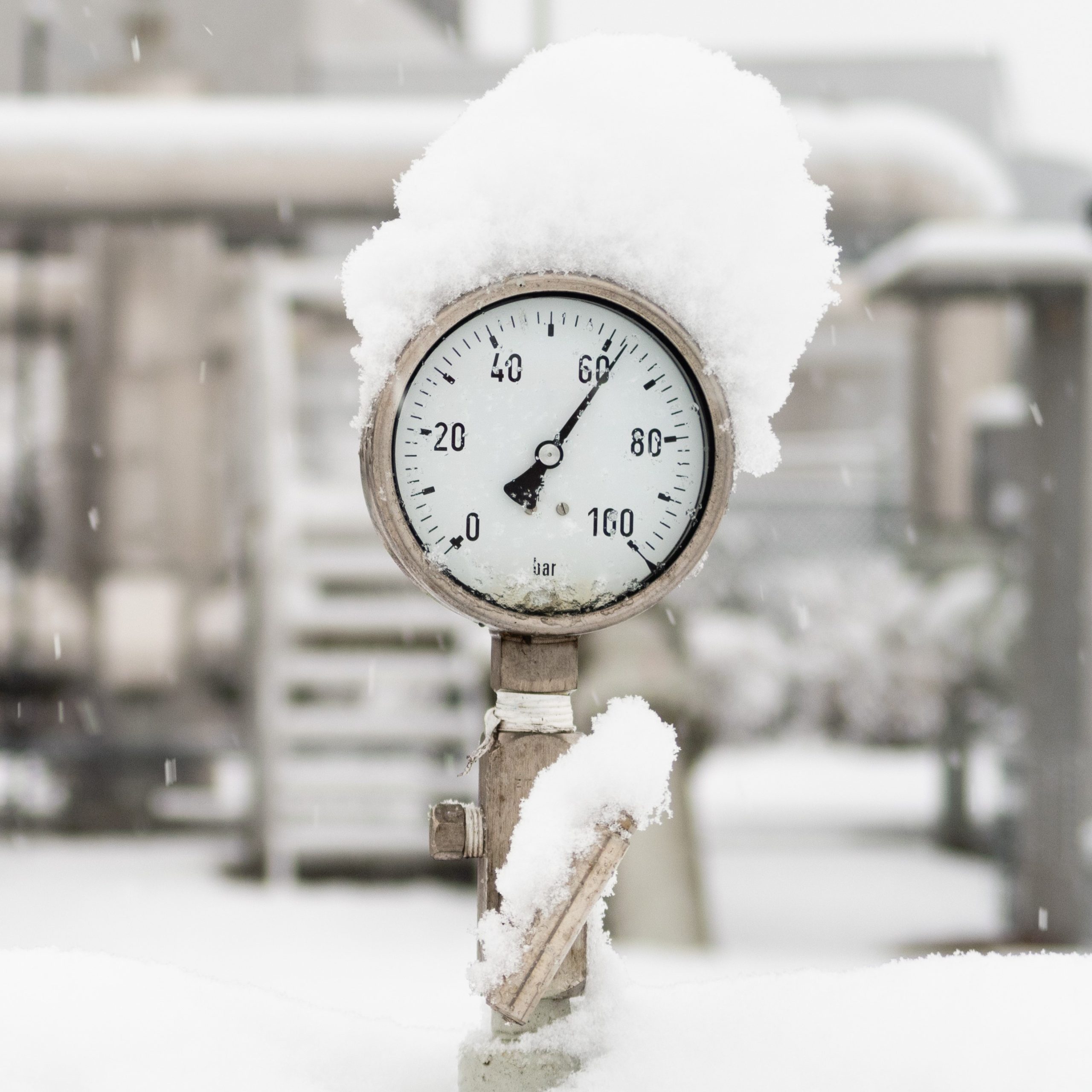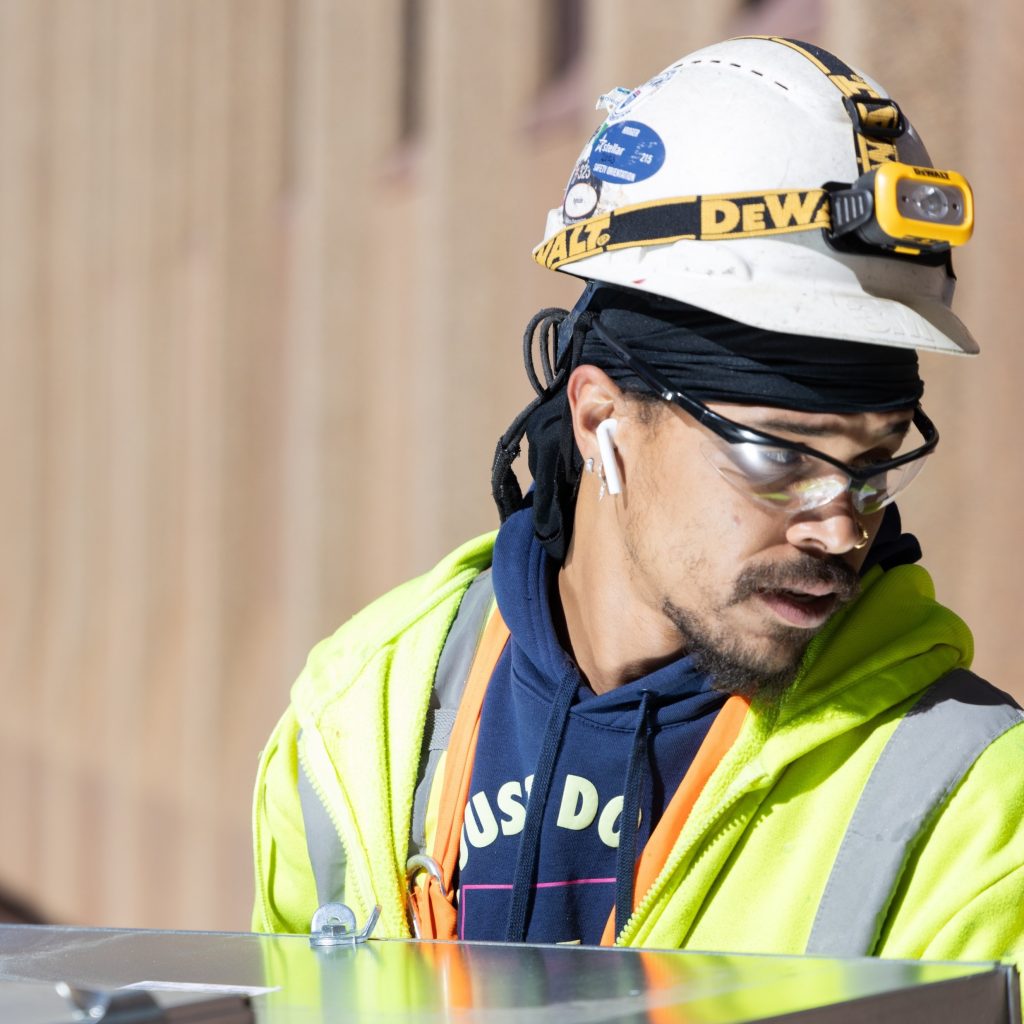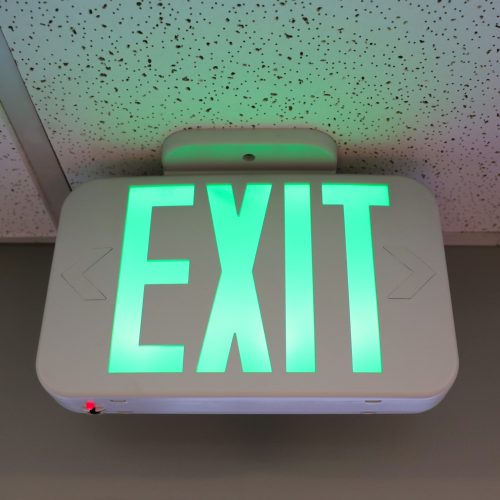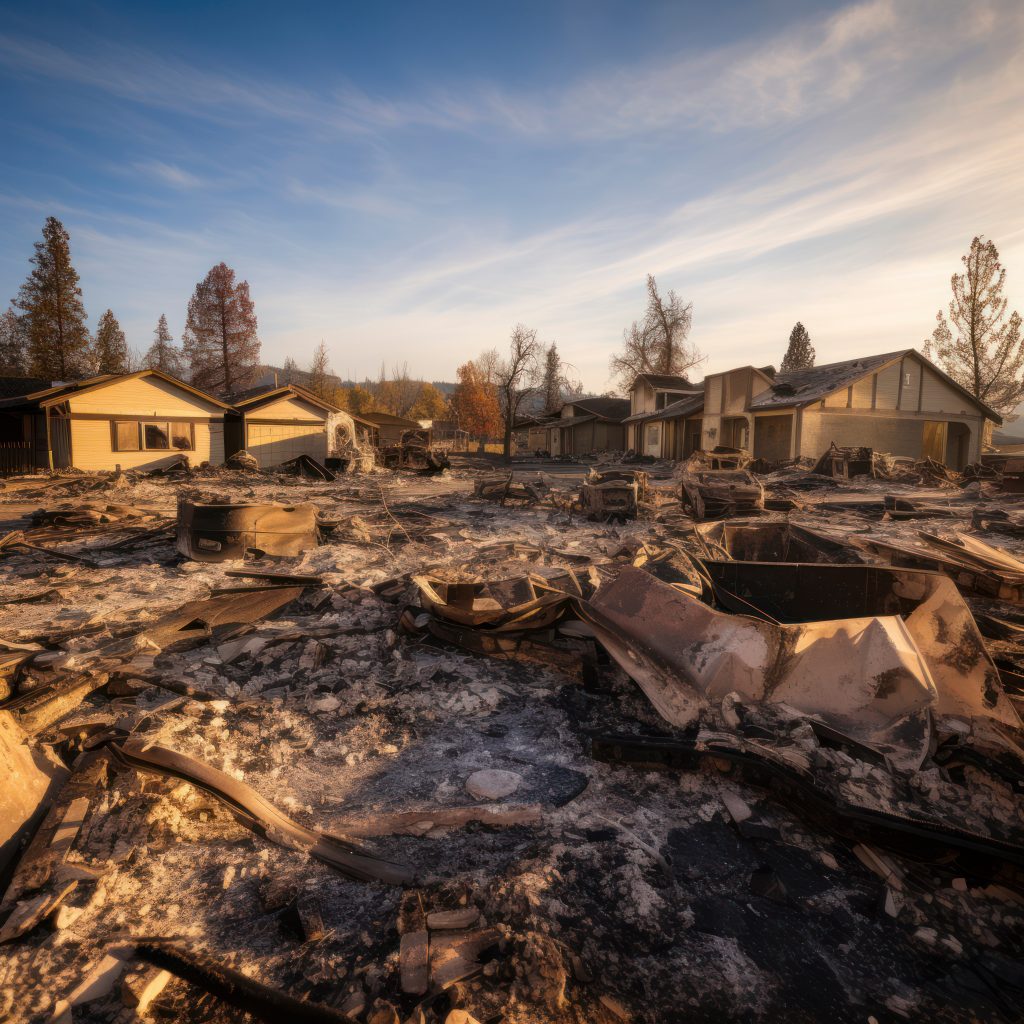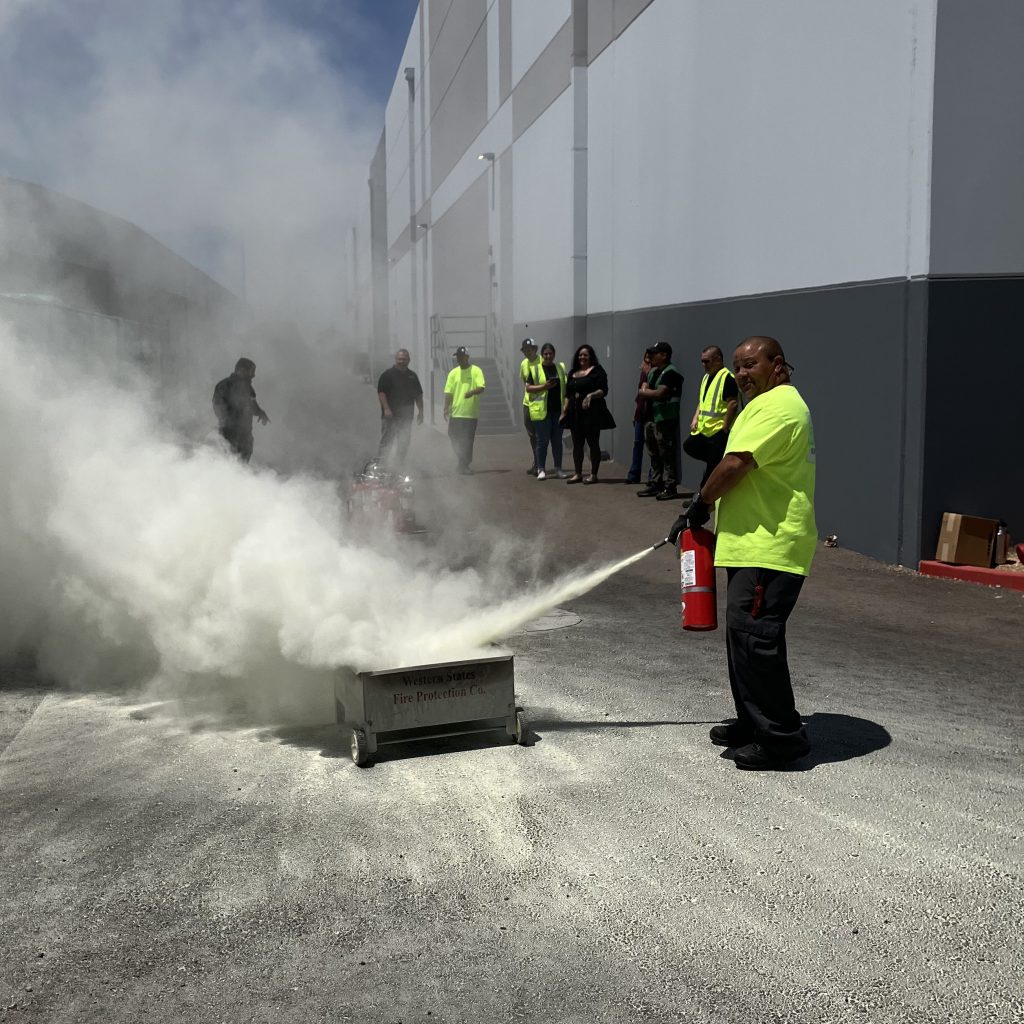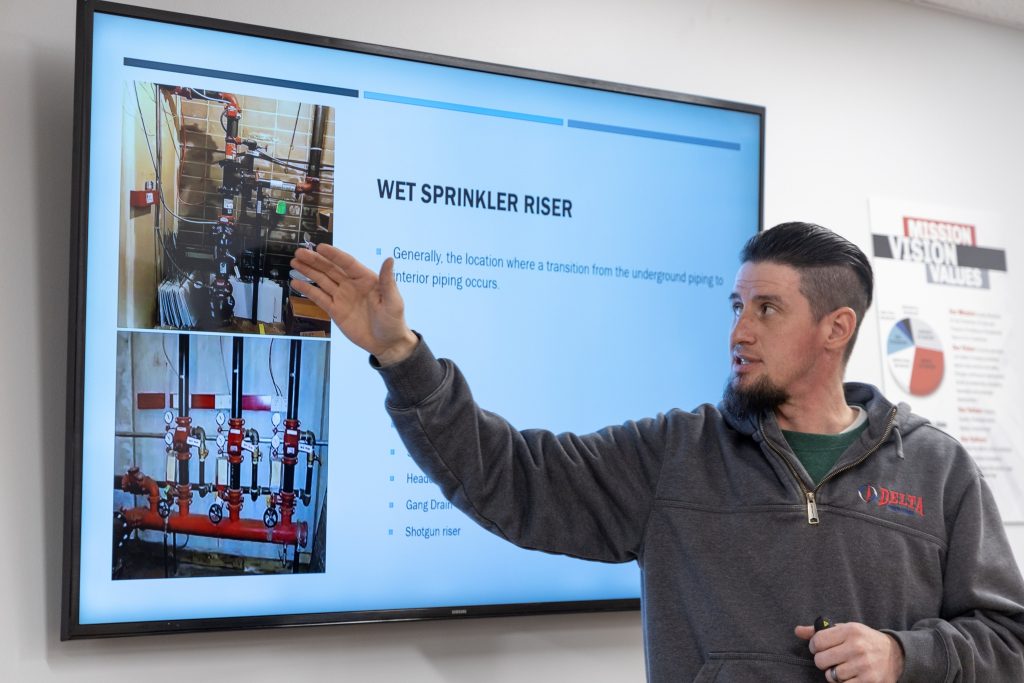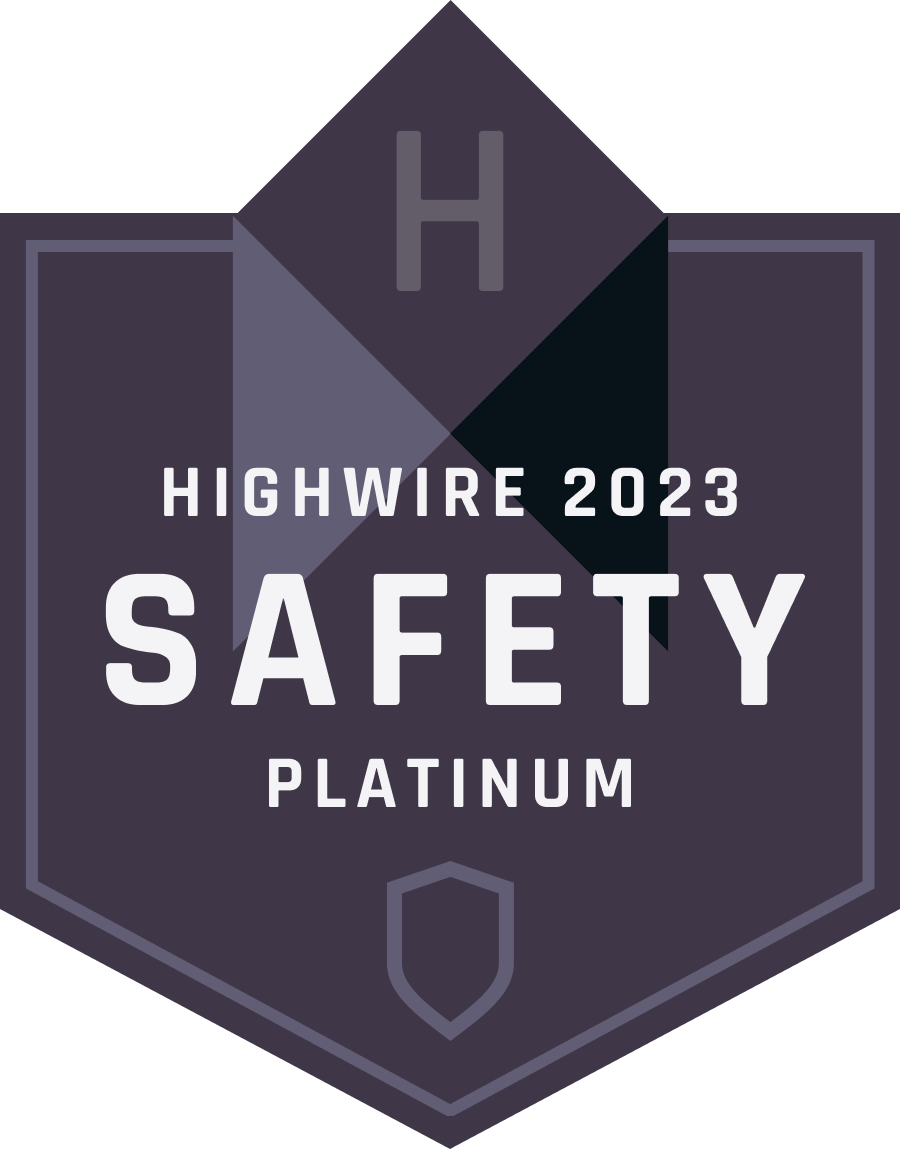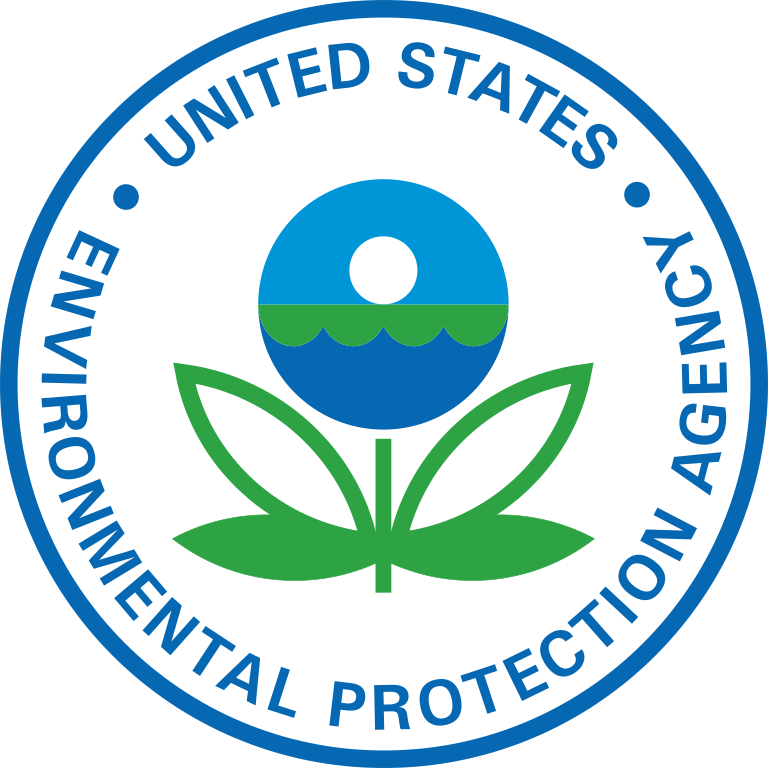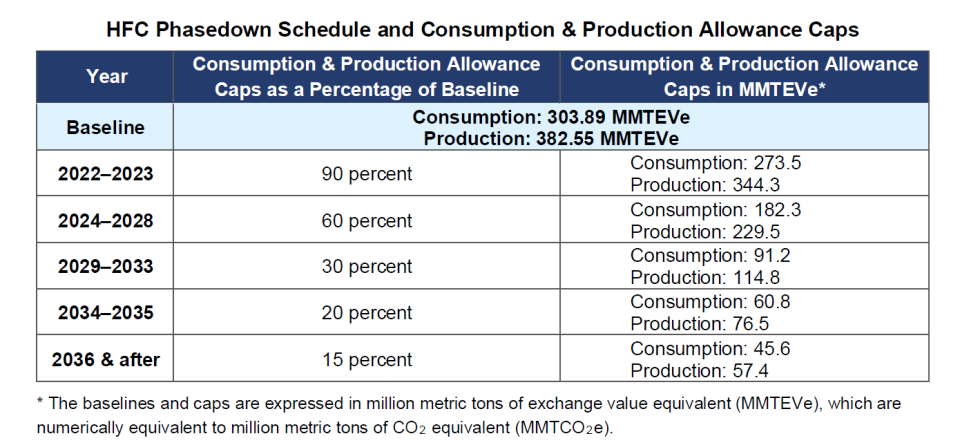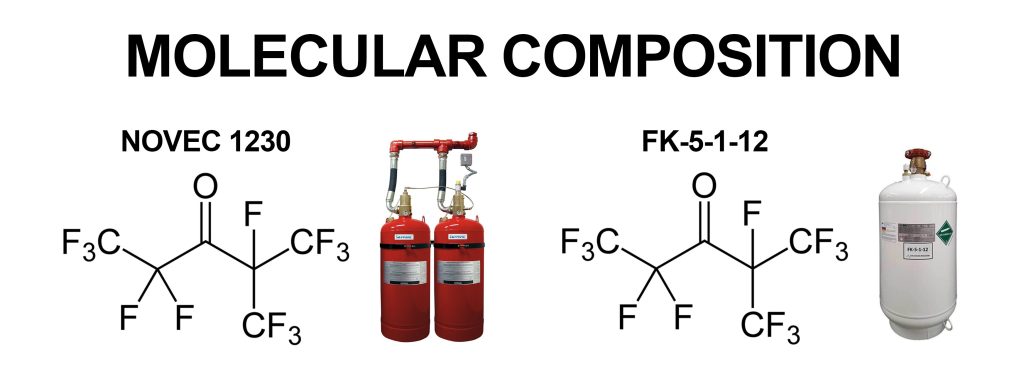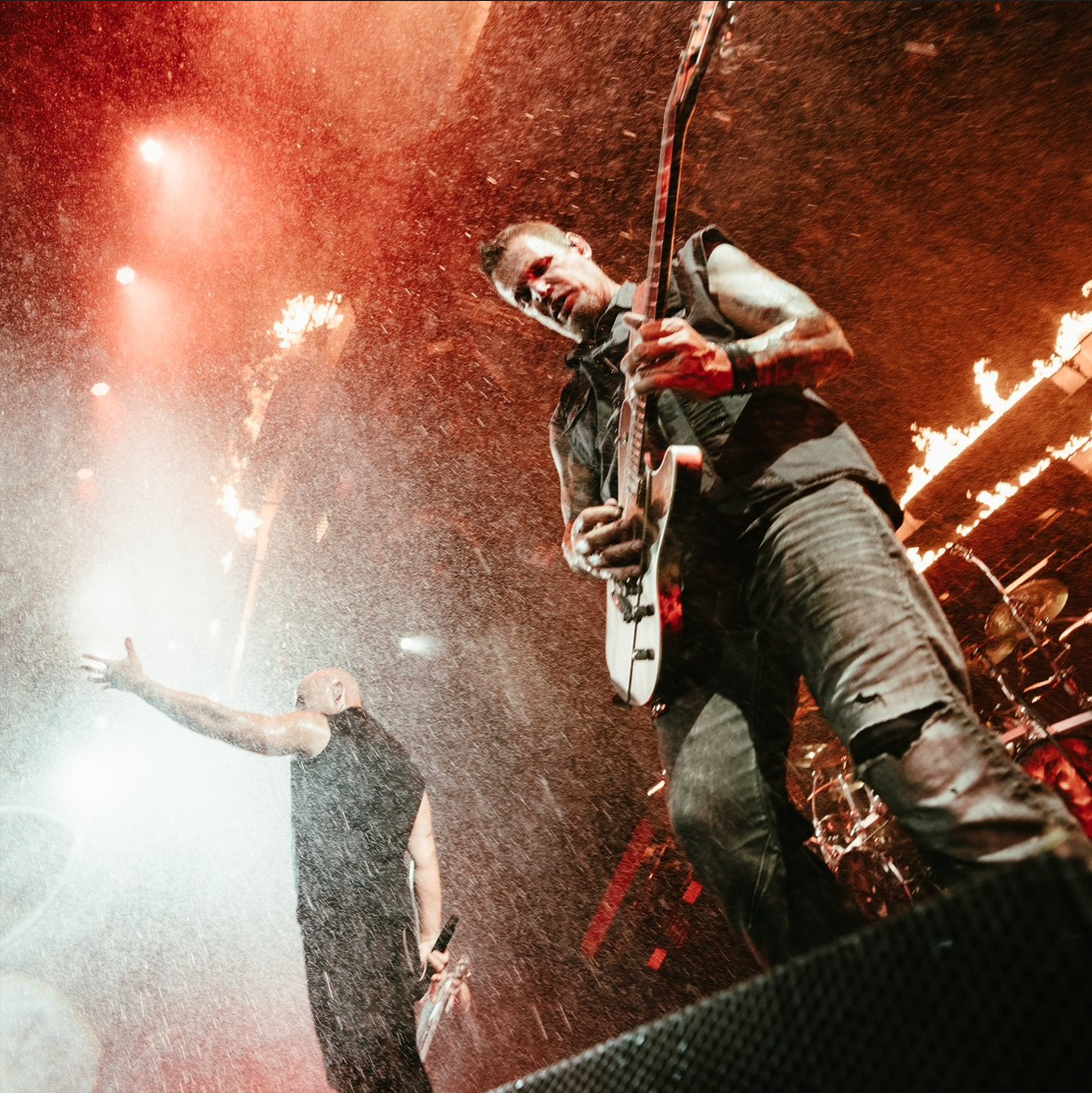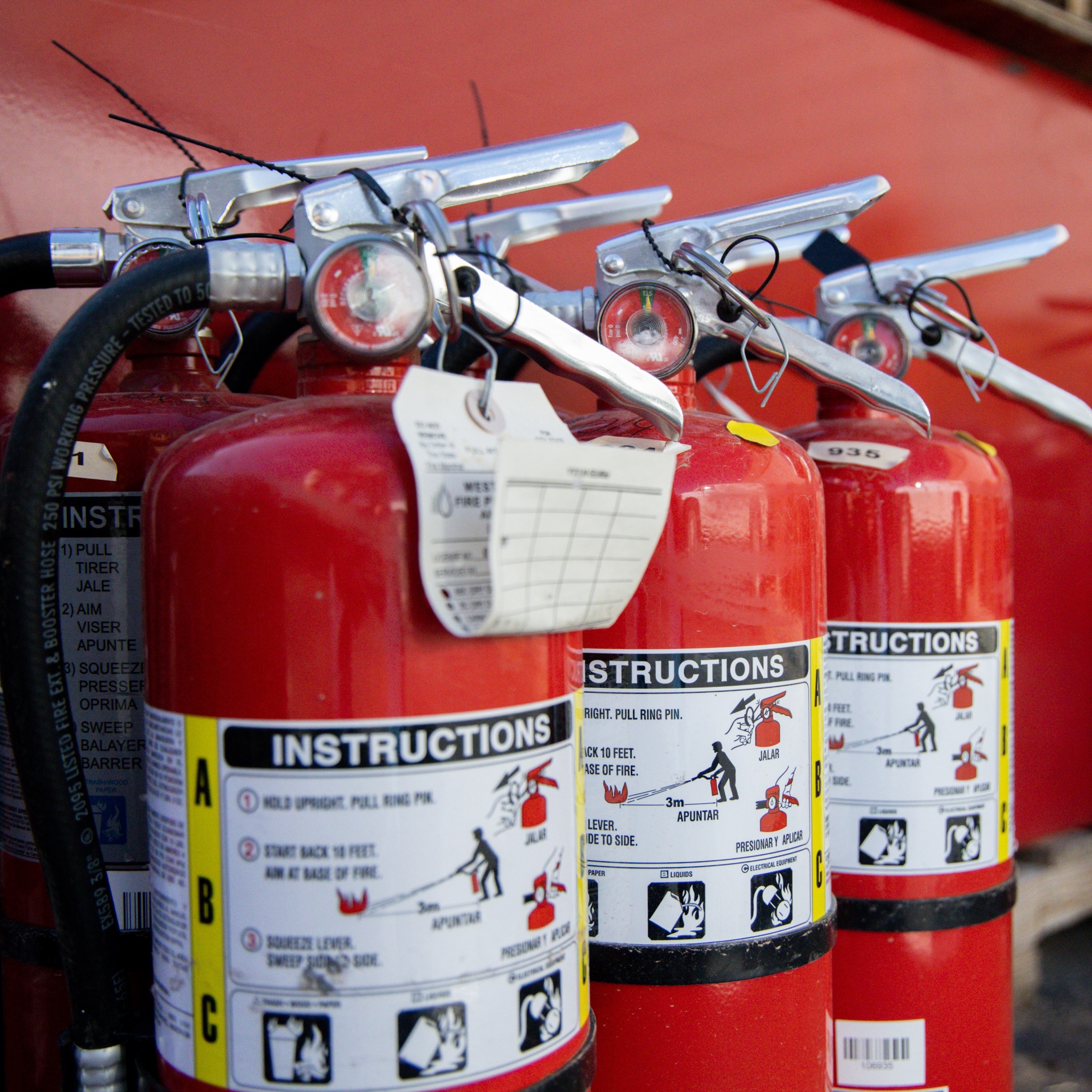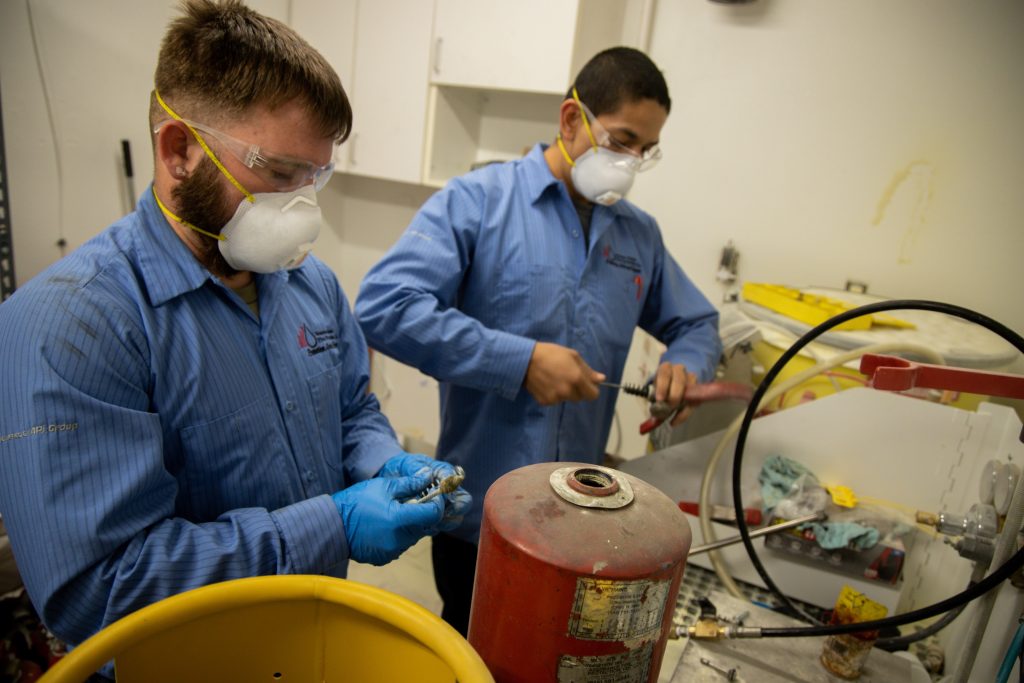What type of fire protection do you need? Understanding the key differences between residential and commercial fire sprinkler systems will help you make the right choice for your building, property, and the people who use it. Each application is different and requires a solution tailored to specific needs. This blog post will help you understand these and other differences between residential and commercial fire sprinkler systems so you can make the best choice and provide maximum safety and protection.
Factors to Consider in Commercial Fire Sprinkler Systems
Scale and Complexity
The first factor to consider when comparing residential and commercial fire sprinkler systems is the scale and complexity of the project. How much square footage is involved and how the space is used will have a huge impact on your decision. Generally, commercial spaces require more advanced systems to handle the needs of larger spaces, more people, combustible materials, and intricate building structures. Commercial buildings are often large and complex, which presents unique challenges when planning commercial fire sprinkler systems. Different types of commercial fire sprinkler systems exist for different needs, including wet pipe, dry pipe, deluge, and pre-action.
Residential applications are typically smaller and require simple systems involving a water supply, pipes, and sprinkler heads. On the other hand, a residential property will never have as much water available as a commercial one and residential sprinkler heads are designed to be triggered at an earlier stage of a fire. When comparing systems, consider how the scale and complexity of your project may affect the choice and layout of fire safety systems. If your project is large or has specialized and complex needs, you will want professionals to design and install a commercial fire sprinkler system.
Occupancy and Use
Commercial spaces have diverse uses, including manufacturing, retail, storage, and office space. Each use comes with unique fire hazards, requiring specific protection measures to mitigate the risk. Installing sprinkler systems is one of the most critical components of fire protection for commercial properties. These systems are designed to deliver water to a fire in its early stages, suppressing it before it spreads and causing significant damage. A comprehensive fire protection strategy for commercial spaces must include other measures such as smoke detectors, fire extinguishers, and emergency exit plans.
On the other hand, homes are primarily used for residential purposes, and the focus of fire protection extends beyond protecting lives to safeguarding property. While the loss of life is always a top priority, fire damage in homes can also result in significant financial losses, the loss of personal belongings, and emotional distress. Residential fire protection measures typically include smoke detectors, fire extinguishers, and escape plans. Additionally, homes should have proper electrical wiring and appliances, as these are common causes of residential fires. Overall, while the risks and protection measures differ between commercial and residential spaces, both require a comprehensive approach to fire protection to ensure the safety of occupants and limit damage in case of a fire.
Codes and Regulations for Commercial Fire Sprinkler Systems
Residential fire protection often differs from commercial setups, primarily because home fire sprinkler systems aren’t mandated by law in many areas. Although not obligatory for homeowners, domestic fire sprinklers offer significant advantages. They provide crucial fire protection and can swiftly address fires at their inception, offering invaluable peace of mind. Many homeowners opt to install these systems to safeguard their property and loved ones, and they may even enjoy reduced insurance premiums as a result.
On the other hand, commercial properties must have fire sprinkler systems installed as per legal requirements. While some homeowners proactively install sprinklers, commercial entities are mandated to do so. Beyond regulatory compliance, the presence of fire sprinkler systems in commercial settings can lead to lower insurance costs and heightened safety measures. Navigating the intricate landscape of building codes and regulations related to fire protection, particularly concerning sprinkler systems, is imperative. Adhering to these regulations ensures proper installation and maintenance, which are essential for effective fire hazard mitigation. Disregarding these guidelines could result in severe consequences, including security risks, legal liabilities, and property damage, underscoring the critical importance of prioritizing fire safety measures in both residential and commercial settings.
NFPA 13
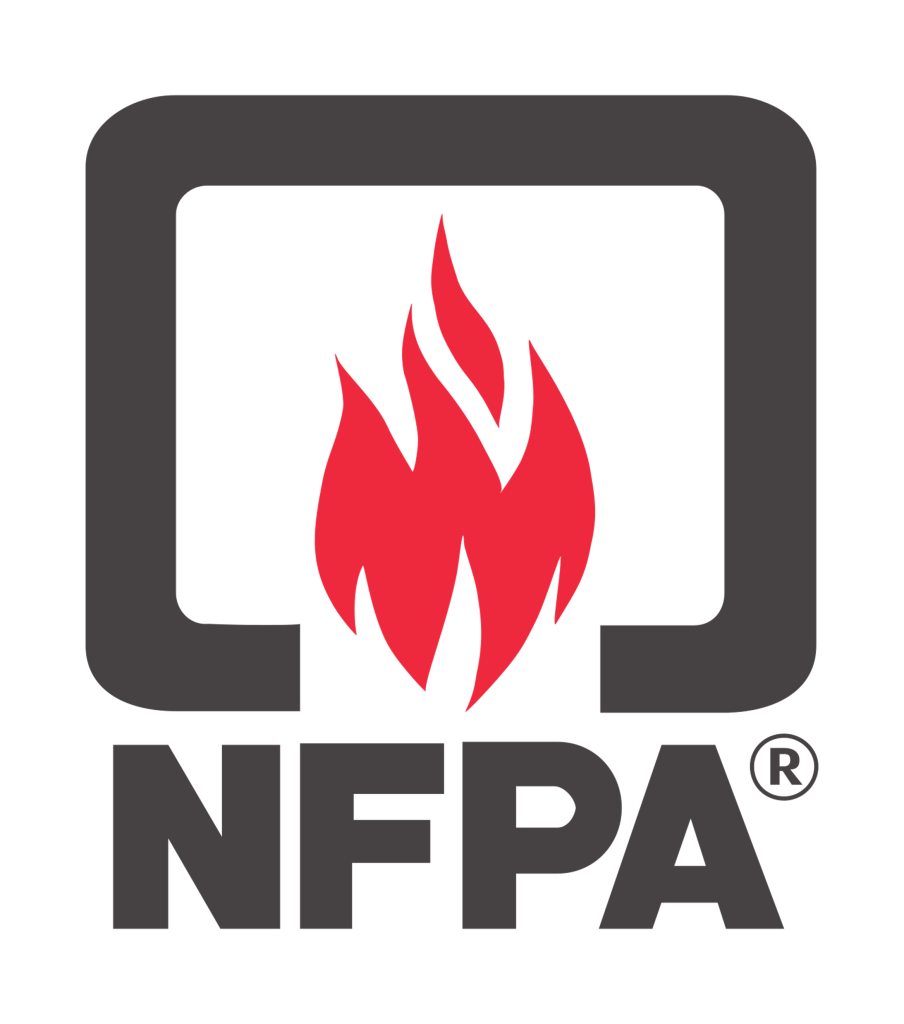 NFPA is a leading organization in fire protection and provides several codes and standards for fire protection systems. Some of the most relevant codes for commercial fire protection include NFPA 13 (Sprinkler Systems), NFPA 14 (Standpipes and Hose Systems), and NFPA 72 (Fire Alarm and Signaling Systems).
NFPA is a leading organization in fire protection and provides several codes and standards for fire protection systems. Some of the most relevant codes for commercial fire protection include NFPA 13 (Sprinkler Systems), NFPA 14 (Standpipes and Hose Systems), and NFPA 72 (Fire Alarm and Signaling Systems).
NFPA 13, the Standard for the Installation of Sprinkler Systems, contains relevant information for commercial fire sprinkler systems, including the following guidelines:
All new commercial structures with a fire area of more than 5,000 square feet must have automatic fire sprinkler systems installed.
Any remodeling or expansion that extends the fire area beyond 5,000 square feet, or any single tenant increase in occupancy requiring a new certificate of occupancy, will require sprinkler systems to be installed throughout the building.
Buildings more than 55 feet tall must have automatic sprinkler systems installed in all of the structures.
Sprinkler systems are required in townhomes with more than two residential occupancy units within a structure.
Other Codes and Requirements
Local codes and regulations, alongside national codes, play a crucial role in ensuring the compliance of fire protection systems. Building owners and managers should collaborate with fire protection specialists to guarantee adherence to these standards. Moreover, securing approval from the fire department before installation is essential, and close coordination with them is necessary to meet all requirements.
The standards and requirements for residential fire sprinkler systems can be found in NFPA 13D.
Additional Considerations for Commercial Applications
In addition to commercial fire sprinkler systems, you may need to consider other elements of a fire protection system in commercial buildings. Your commercial fire sprinkler system may not be enough to meet code requirements or to keep your property safe. Consider integrating an alarm system and a suppression system.
Alarm Systems
Another important element to consider when planning your commercial fire sprinkler system is your fire alarm and detection systems. These are uniquely designed systems that include interlinked elements and a central control panel. Integrating an alarm and detection system in your commercial space is indispensable for early intervention. From smoke detectors to carbon monoxide detectors, these devices are critical in spotting and warning residents of possible threats. It is necessary to ensure that these systems are installed, maintained, and tested regularly to ensure their effectiveness. Many commercial alarm systems include 24/7 alarm monitoring.
Fire Suppression
In commercial and industrial environments, while wet sprinkler systems offer reliability, certain scenarios demand alternatives to water. Some settings, like data centers, restaurants, and museums, require specialized fire suppression systems beyond traditional sprinklers. These systems utilize agents other than water for enhanced protection against fire hazards. Fire suppression systems, often paired with detection systems, offer rapid response capabilities. Especially in high-risk environments, such as hazardous applications, swift action is crucial to contain fires promptly and minimize potential losses and damages.
A Trusted Partner to Install Your Commercial Fire Sprinkler System
At Western States Fire Protection Co. (WSFP), we’re here to be your trusted partner in fire safety. With over three decades of experience and a commitment to excellence, we offer unparalleled quality in fire protection systems and solutions. Our team has over 35 years of experience in the design, installation, inspection, repair, and service of fire protection systems. We can provide the design for your fire alarm system, fire alarm monitoring, detection, suppression, and commercial fire sprinkler systems, as well as provide installation, testing, service, and inspections of your systems.

